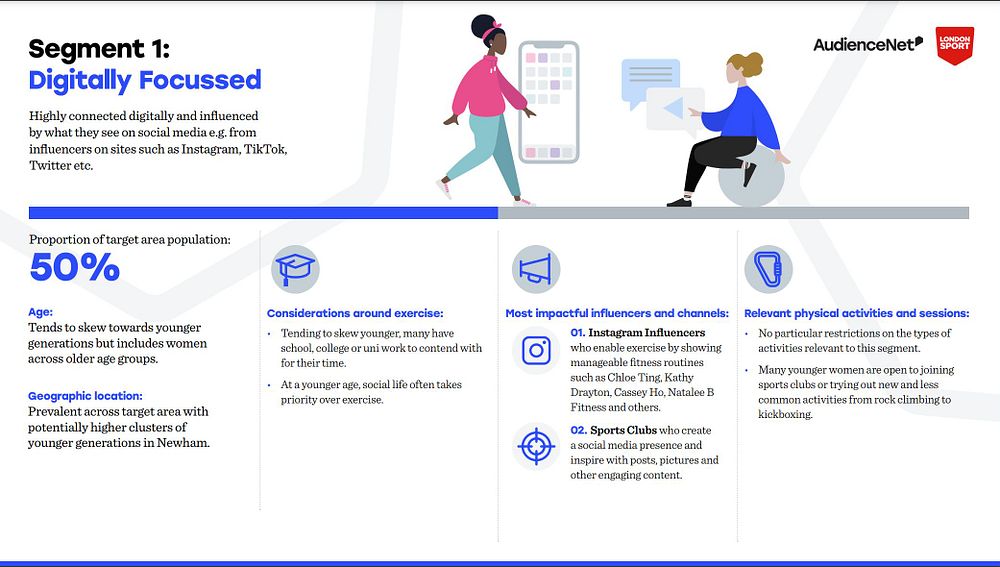Blog post -
Inspiring programmes and communication development through research and insight
Head of Insight Dan Stracey considers how the pandemic might have impacted certain less active segments within London and how the research can continue to inform ongoing work across the capital.
It is safe to say that a lot has changed for everybody since the pandemic began, not just in terms of how we invest our time, but how we interact with different people and spaces and how we travel.
What matters most to different people may well have changed and that’s before we even consider the role that physical activity might play in people’s lives and how important it might be to them right now.
So how do we consider who to target to tackle inequality? How can we share relevant support and encourage those less active to reconsider their habits and behaviours and help them lead healthier lives?
London, of course, remains complex, dynamic, and highly diverse.
Recognising differences in needs, challenges and motivations, the London Sport less active segmentation serves as a useful evidence basis to consider relevant groups of less active Londoners.
The research also helps to shift focus away from the sector and ourselves as we step out of the pandemic, to maintain curiosity and test and improve our thinking as we look to develop future projects.
Our latest insight, East London - Women and Physical Activity, builds on our segmentation research foundation to develop understanding of specific communities of interest and need.

Commissioned by Sport England to address under-representation, our East London research focusses on diverse groups of women from deprived areas.
It's allowed us to develop our understanding of Inconsistently Involveds (for whom efforts peak and trough) and Young Impressionables (our less confident tech savvy segment) at a hyper-local level.
The research can be used by clubs, activity providers, local authorities, national governing bodies and wider sector to support their communication and engagement approach.
Our resources, available via our insight portal, include journey maps and personas to help share the human story and improve targeting, relevant support, local influencers and communication networks.
We continue to work with partners including Sport England, West Ham United Foundation, Leyton Orient Trust and Essex Cricket activating our support.
Elsewhere, our recent Get Active Research is another good example, developing our Want to But Can’t segment insights.
We specifically considered those with long-term health conditions looking at ways to become more active, to develop our free and low-cost activity finder site and campaign.
How might our less active segments be appropriate for your work, and how they might have been impacted by the pandemic?
Could you consider our less active segmentation to support the development of your future projects, interventions and communications?
To explore opportunities to link the segmentation to your work contact Dan Stracey. For further information on our East London Women and Girls research and consultancy services email Tristan.
Topics
- Health, Health Care, Pharmaceuticals
Categories
- insight and research
- less active segmentation
- east london women
- london sport consultancy
- get active
- research
- dan stracey
- violence against women and girls
Regions
- Greater London
